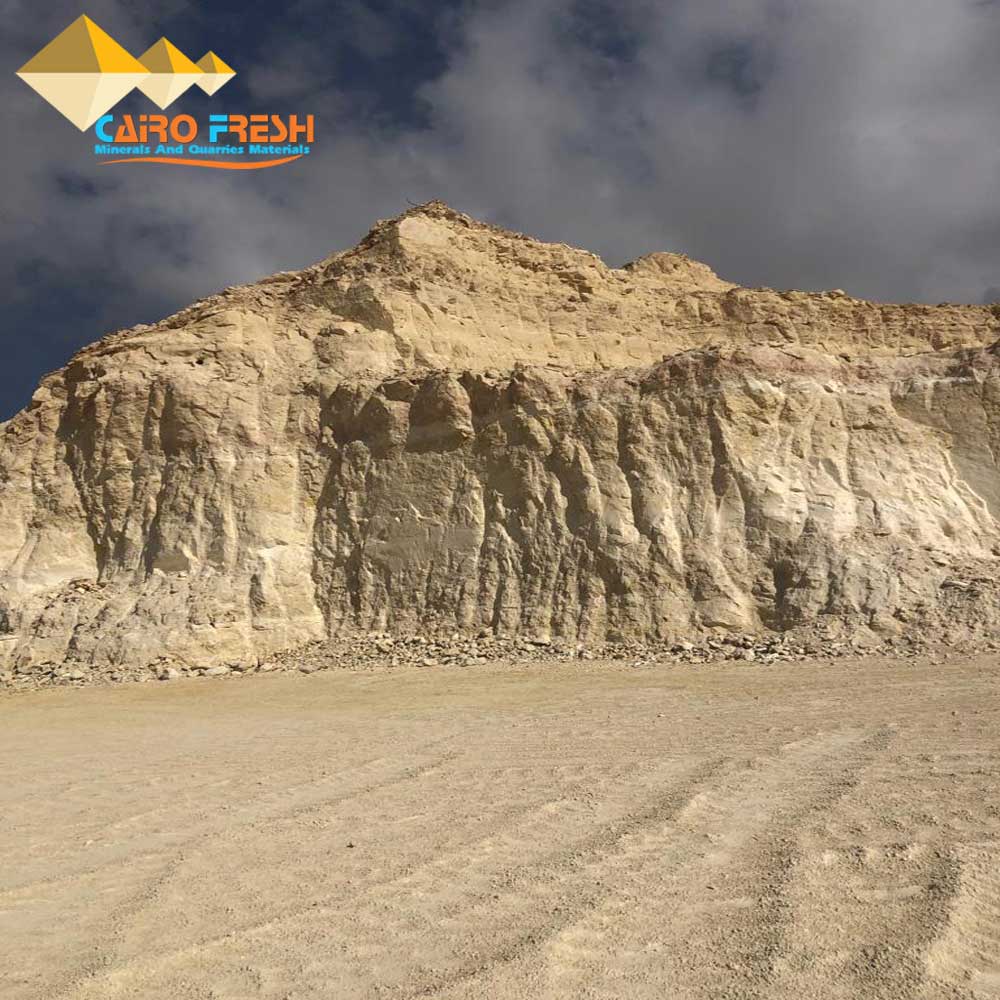WHAT IS pumice?
(also called Ponza among the people)…in other words, pumicite in Latin, contrary to popular belief, is not a stone, but a light glass formed on the top of very porous and frozen volcanic lava. The pumice, which does not have time to crystallize due to its sudden cooling in volcanic regions, is suddenly released by the vapor dissolved in it at the time of solidification and forms its own porous structure by erupting. It is also known as pumice stone, heel stone, rust stone, callus stone, and foam stone in Turkish
HOW IT MADE
HOW DOES IT OCCUR? Deep in the earth’s crust, there are magma pockets formed by partial melting of basalt. At very high pressure, this magma absorbs all substances that would normally be liquid or gas. (H2O, CO2, F) Over time, the pressure on these magma pockets decreases under the influence of earthquakes. When an earthquake occurs, a volcanic eruption begins and these gases erupt through the magma. With the release of gases, the stickiness of the magma increases very rapidly and the temperature of solidification rises. Thus, the magma foam breaks into pieces and forms the substance we know as a pumice stone. This material is ejected from the crater into the air in a massive explosion of gas, ejected into the environment.
FEATURES OF PUMICE
Acidic pumice, which is the most commonly found and used type on earth, is a white, dirty color. Basic pumice, on the other hand, is a brownish-blackish pumice type known as basaltic pumice in Turkish, which foreigners call Scoria. Both species have gained a very porous structure as a result of sudden cooling during formation and the sudden departure of gases from the body. The pores are not connected with each other. The density of acidic magma is less than the basic ones and varies between 0.3-1 gr/cm3. The density of basic pumice is higher and varies between 1-2 gr/cm3. Due to the excessive porosity of pumice, its heat and sound permeability is very low. Its hardness is 5.5 – 6 on the Mohs scale. It does not contain crystal water. Chemically 75%’
HISTORY OF PUMICE
The earliest known reference to the Pumice Stone is based on an architectural summary of Vitruvio in the 1st century BC. Vitruvio defines stacks as lighter than water and therefore swimmers. It also states that it does not absorb water and is hygienic. During the time of the ancient Romans, pumice stone was mostly used in the construction of thermal baths and temples. These works can still be seen today. The most prominent examples of these periods are the Roman Pantheon and the Hagia Sophia Church in Istanbul. After that period, pumice stone reappeared in the Coblens region of Germany in the 1800s. The use of pumice stone as a building material began in California in 1851. It has since expanded to 15 states and 103 fields of study.
Typical Chemical Analysis
| Composition | Chemical Name | Typical % |
| SiO2 | Silica | 70.37 – 71.76 |
| Al2O3 | Alumina | 10.27 – 14.13 |
| K2O | Potassium Oxide | 4.19 – 4.29 |
| Na2O | Sodium Oxide | 3.58 – 4.10 |
| Fe2O3 | Iron Oxide | 0.82 – 1.30 |
| CaO | Lime | 0.64 – 0.75 |
| MgO | Magnesium | 0.09 – 0.18 |
| TiO2 | Tittanium Oxide | 0.05 – 0.11 |
| Loss at İgnition | 4.33 – 5.87 |


